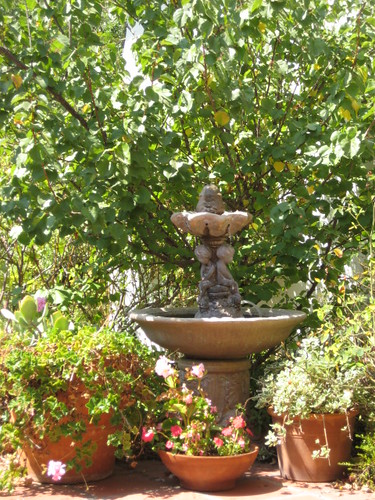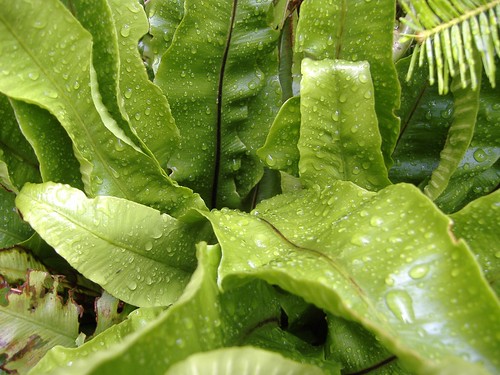Is your garden green? We’re not talking about the colour of the plants but about managing your garden so that it is in harmony with the environment. While getting started can be a bit daunting at first, it won’t take long to get the hang of creating an eco-friendly garden.

Pest Control
If you’re going to have a green garden then one thing you want to avoid is using harmful pesticides. At the same time you don’t want your precious plants to be overrun and destroyed by marauding insects. Luckily, there is a solution: companion planting. Also known as co-planting, this is a system of putting certain plants together so that they repel insects you don’t want while attracting those that you do. You can even integrate companion plants into your garden design by using them as borders or backdrops in a garden bed. There’s a wide range of plants which get rid of everything from aphids to root nematodes to ensure that you have a beautiful, pesticide free garden. You can also attract beneficial insects such as spiders and ladybugs with special plants to provide an additional layer of natural pest control. And if you’re worried about keeping those other bugs controlled then introducing a bird feeder will add another element to the food chain – it’s a bird eat insect world!

Compost and Mulch
If your garden includes a lawn then don’t throw away the cuttings when you mow it in the summer. You can use these as mulch in your flower beds. Not only will they help to feed the plants but they will make it more difficult for weeds to grow by blocking out the sunlight. You can also fertilise your plants with compost. Composters are not expensive and once you get into the habit you can have an endless supply of natural fertiliser for your garden plants. To compost successfully you need vegetable waste, grass cuttings, coffee grounds, from scraps and the like (green substances), dead leaves, twigs and branches (browns) and water in the right quantities to create a successful compost heap. Start collecting these either in a purpose-built bin or in a dry shady spot, mixing the layers and turning them every couple of weeks. Within a couple of months your compost pile will be ready to use.
Water Collection
Finally you can make your garden greener by reducing the amount of tap water you use for watering plants. You will have to start collecting rainwater during the wettest period of the year. A couple of tanks placed at strategic locations near your guttering downpipe can help with this process. Add a tap to the tank and you will have as much water as you need easily accessible whether there’s a hosepipe ban or not. Can’t you feel your garden turning greener already?
Jen Byiers writes for Gardens Galore, a landscape gardening Glasgow firm.
